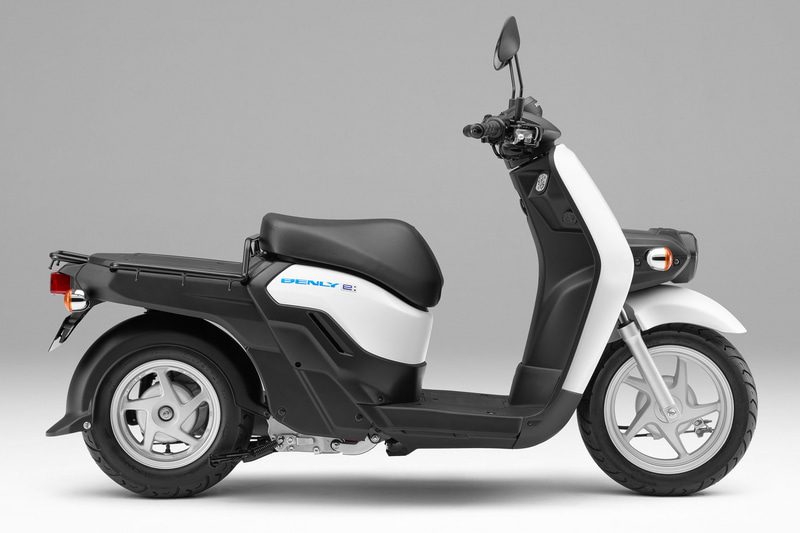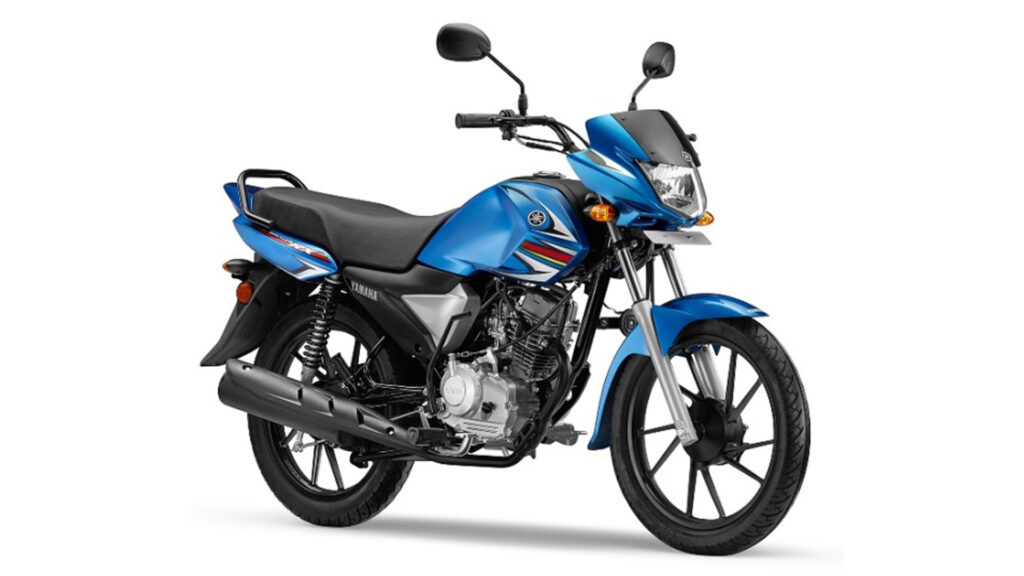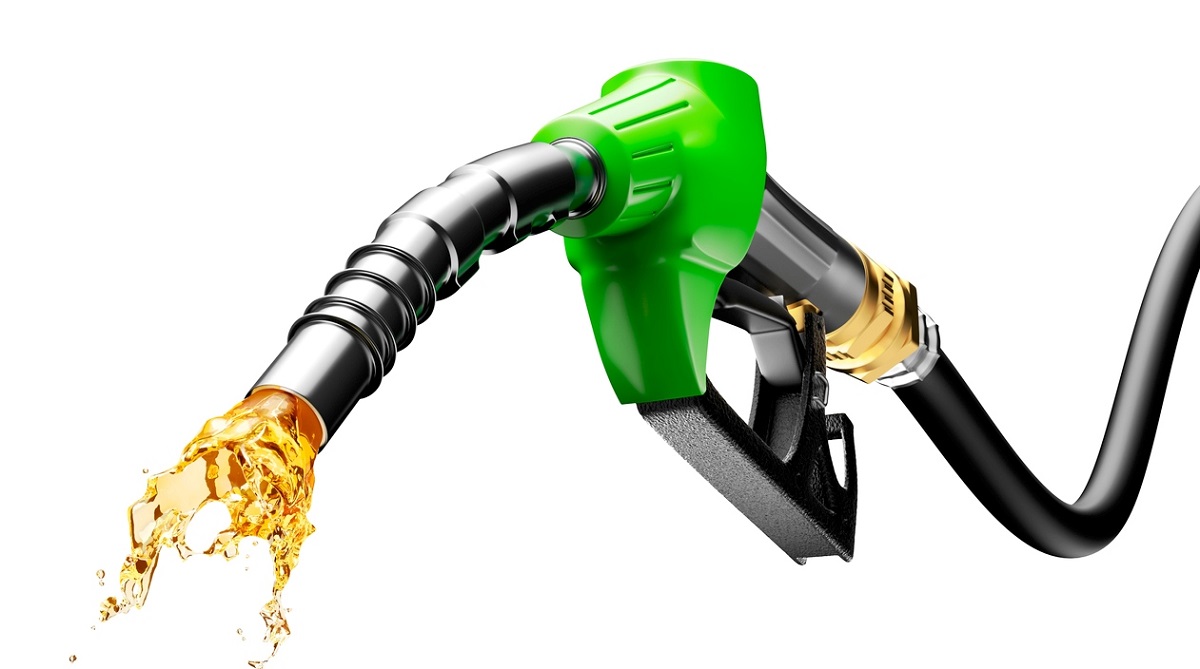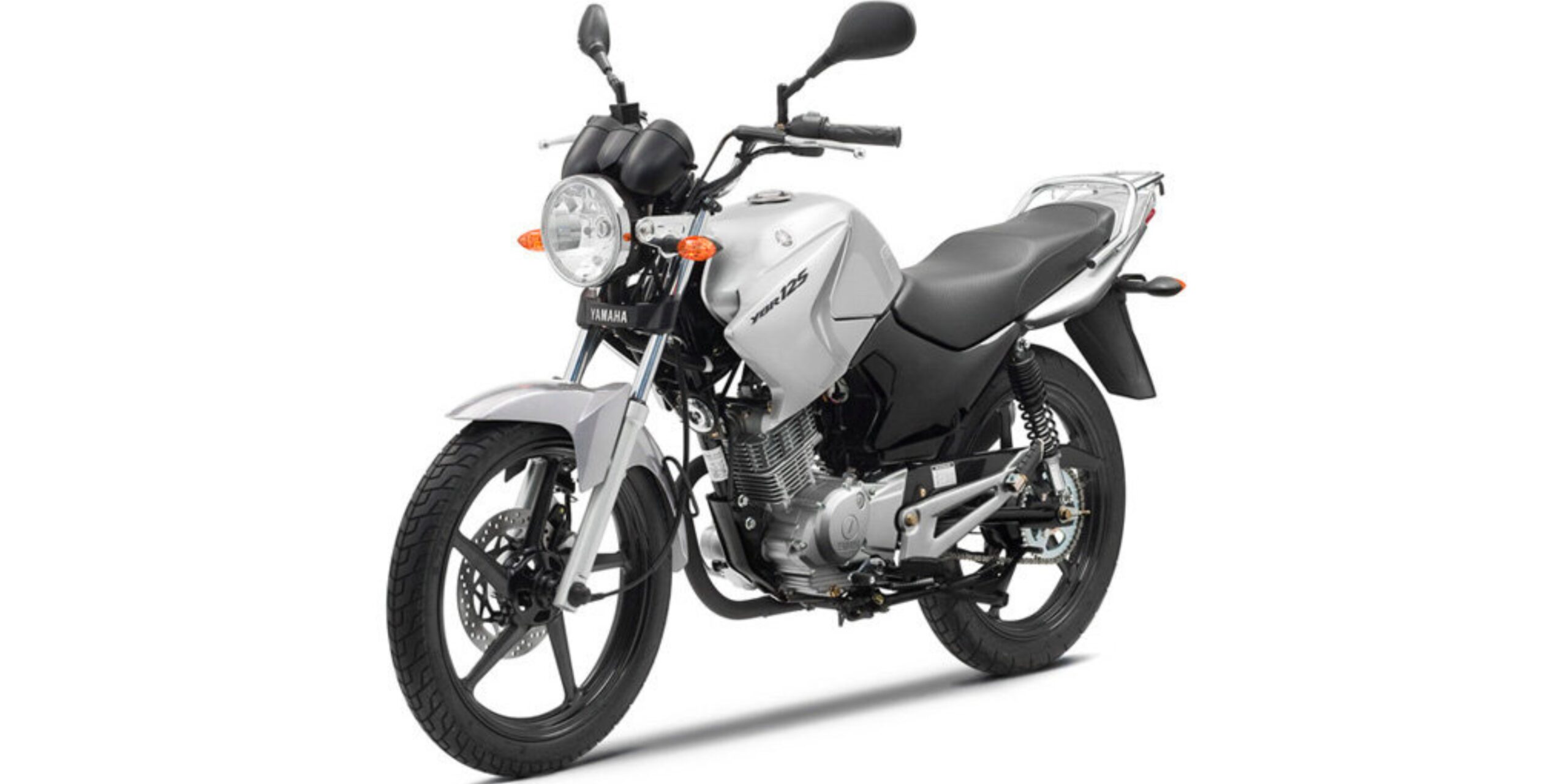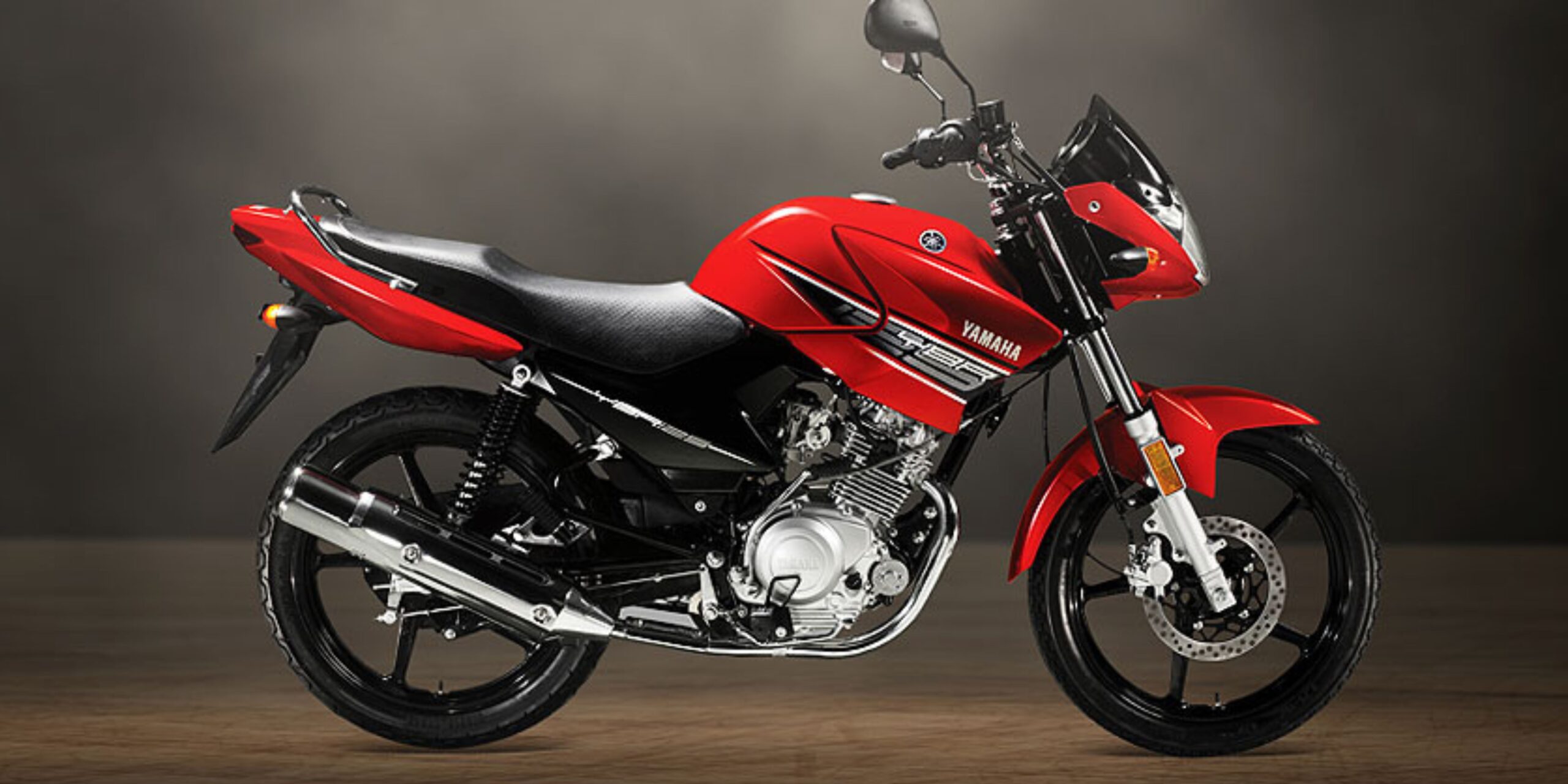In today’s ever-changing economic landscape, the automotive industry has been hit hard, and it’s not just four-wheelers that are feeling the crunch. Recent times have witnessed a significant decline in motorcycle sales, mirroring the challenges faced by the car market. The economic impact on the two-wheeler industry is undeniable, as consumers grapple with financial uncertainty and changing preferences.
This blog explores the intricate web of economic factors behind the decline in bike sales and its striking resemblance to the struggles faced by car manufacturers. We’ll delve into the comparative analysis of these trends, highlighting the ripple effect that car sales downturns have on the motorcycle sector.
Join us as we navigate through the challenges confronting motorcycle manufacturers and dealers in these challenging times. What strategies are being employed to counter the sales slump, and what lies ahead for the bike market on the road to economic recovery? Let’s dive deeper into this economic journey together.
Understanding the Economic Factors Affecting Bike Sales
In the current economic climate, motorcycle sales are undergoing a significant transformation. Several economic factors are influencing this shift. Rising fuel prices have led consumers to seek more fuel-efficient options, impacting motorcycle purchases. Economic uncertainty, often linked to global events, has caused consumers to tighten their budgets, affecting their willingness to invest in big-ticket items like motorcycles.
Furthermore, changing consumer preferences are playing a role. The increasing demand for sustainable and eco-friendly transportation options has prompted some consumers to consider electric bikes or other alternative forms of mobility.
To succeed in this challenging environment, motorcycle manufacturers and dealers must gain a deep understanding of these economic factors. By adapting strategies to cater to changing consumer needs and economic trends, the industry can navigate these challenges successfully and ensure long-term growth.
Comparative Analysis: Car Sales vs. Bike Sales
Comparing the trends in car and motorcycle sales provides valuable insights into the automotive industry’s dynamics. Both sectors have experienced economic impacts, but the magnitude and timing of these challenges differ significantly.
During economic downturns, car sales often see a more immediate decline due to their higher costs and long-term commitment. Motorcycle sales tend to follow suit, albeit with variations depending on specific market conditions and consumer behavior.
Analyzing these parallels and distinctions offers a comprehensive view of the automotive market’s resilience and adaptability. It enables industry stakeholders to make informed decisions and develop strategies to thrive in changing market conditions.
The Ripple Effect: How Car Sales Downturn Impacts Motorcycles
The automotive industry operates as an interconnected ecosystem, where developments in one sector can have a profound impact on another. When car sales decline, it sends ripples throughout the motorcycle sector. Consumers’ hesitation to invest in cars often influences their motorcycle buying decisions.
This ripple effect underscores the industry’s adaptability and interdependence. Understanding these dynamics is crucial for businesses, as it enables them to anticipate and respond to market shifts more effectively.
Challenges Faced by Motorcycle Manufacturers and Dealers
Amid declining sales, motorcycle manufacturers and dealers encounter a unique set of challenges. These include managing inventory, optimizing marketing strategies, and adjusting production levels to align with reduced demand.
Adapting to evolving consumer behaviors and market dynamics is essential for surviving and thriving in this challenging landscape. By embracing innovative approaches and staying nimble in their operations, businesses can navigate these hurdles successfully.
Economic Recovery Prospects: What Lies Ahead for Bike Sales?
As economies recover, the bike market holds potential for resurgence. Implementing strategic planning, embracing innovation, and adopting customer-centric approaches can pave the way for a brighter future. Manufacturers and dealers who stay attuned to market trends and consumer preferences can position themselves for growth in the post-economic downturn era.
Conclusion:
In conclusion, the economic impact on motorcycle sales following cars is a complex phenomenon influenced by multiple factors. By gaining a comprehensive understanding of these factors, conducting comparative analyses, addressing industry-specific challenges, and focusing on recovery strategies, the motorcycle sector can adapt and thrive in an evolving economic landscape. Stay tuned as we continue to monitor and analyze these trends in the ever-changing world of automotive sales.



